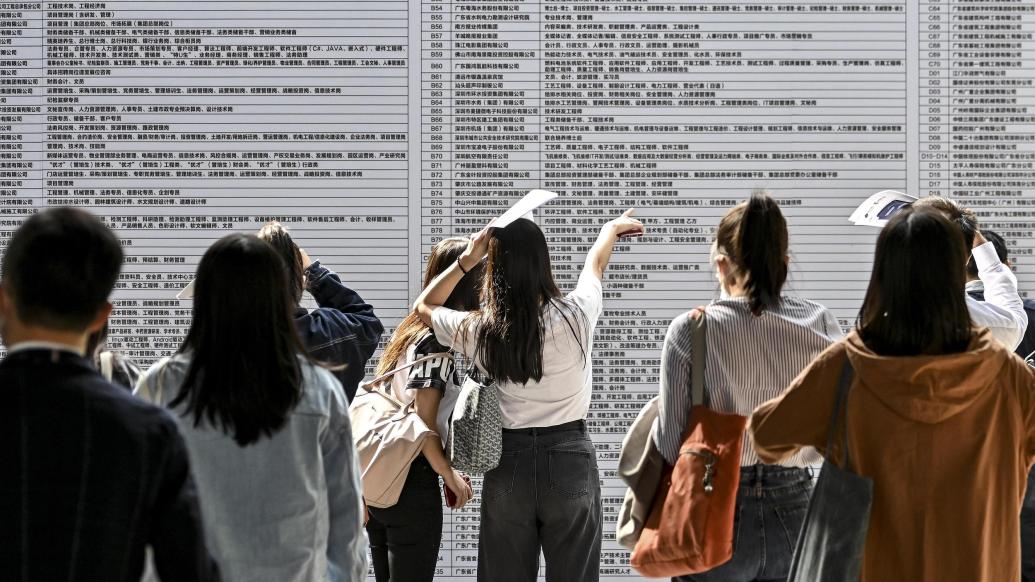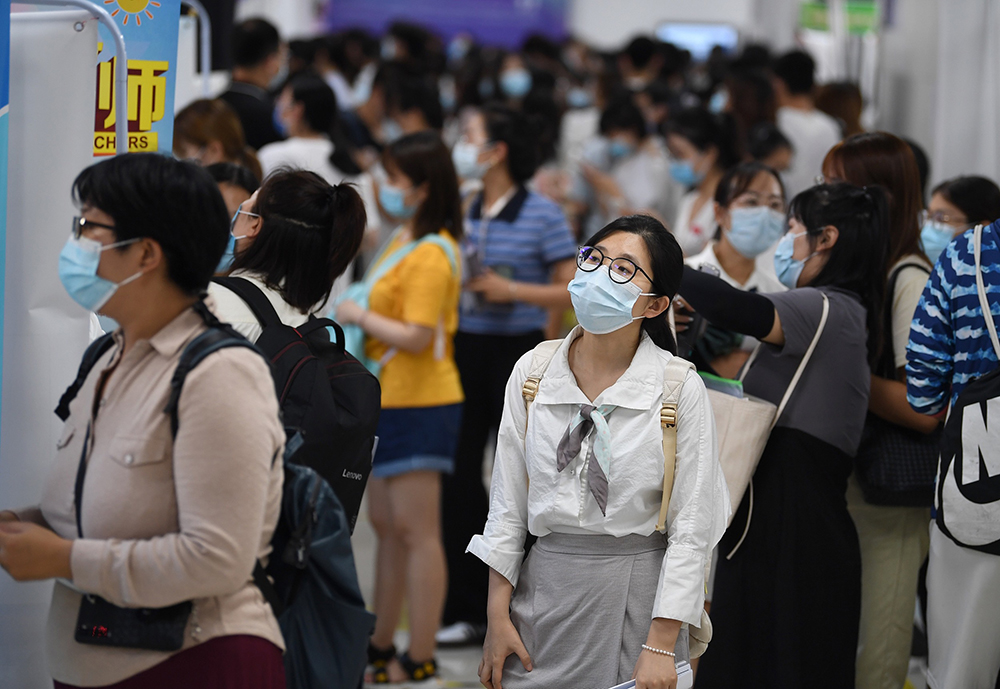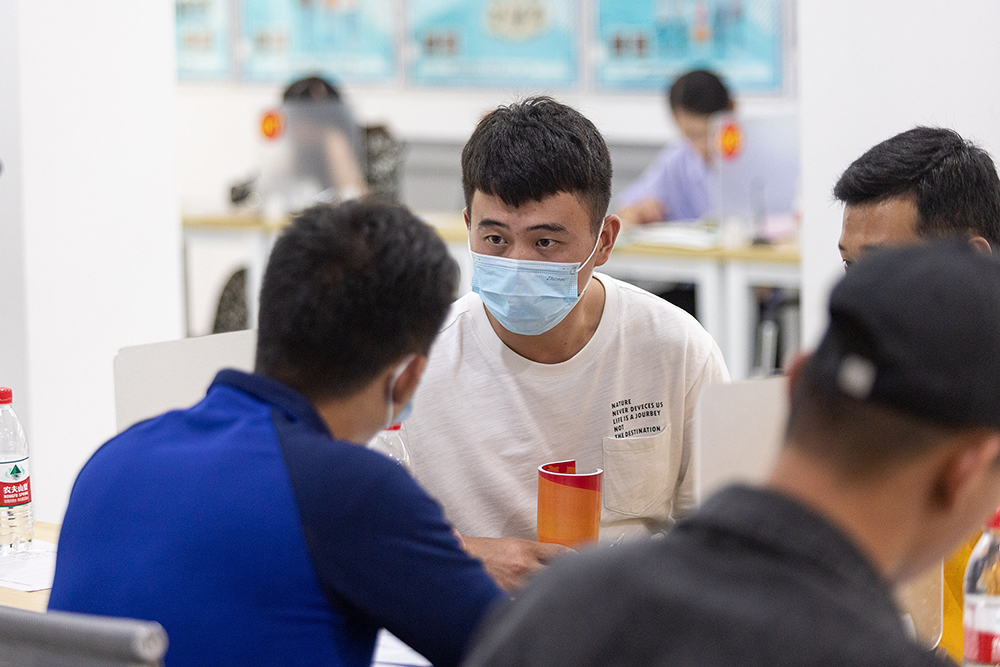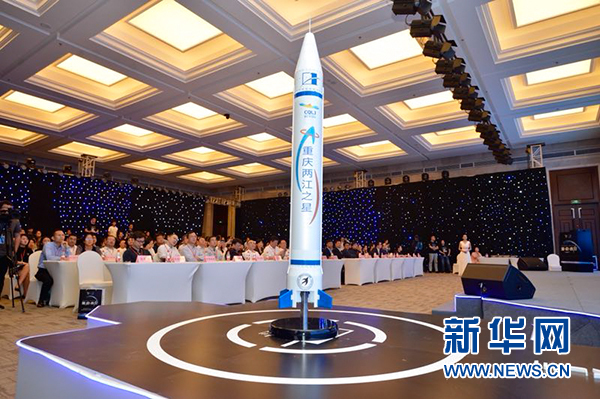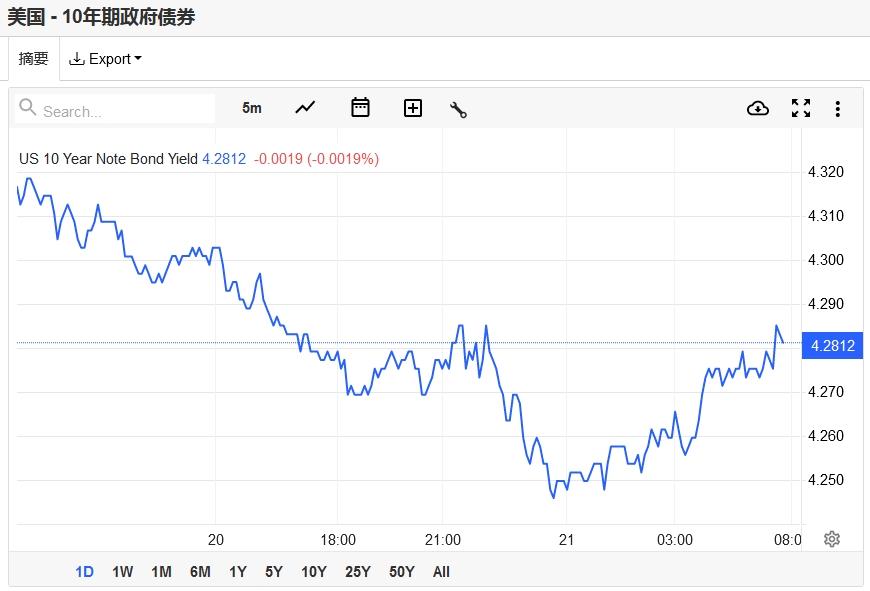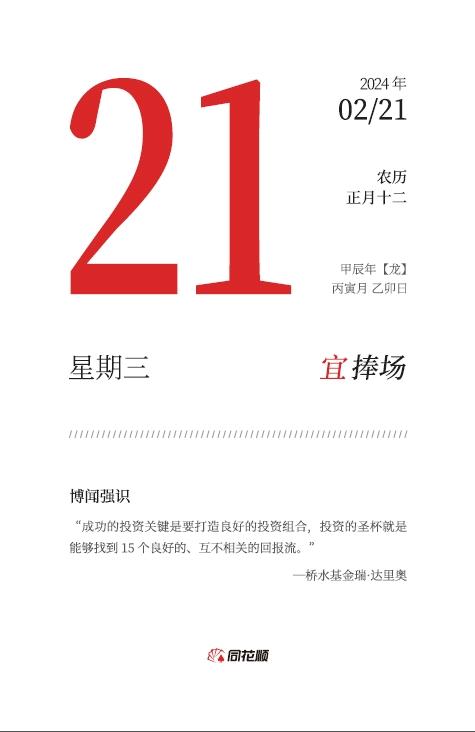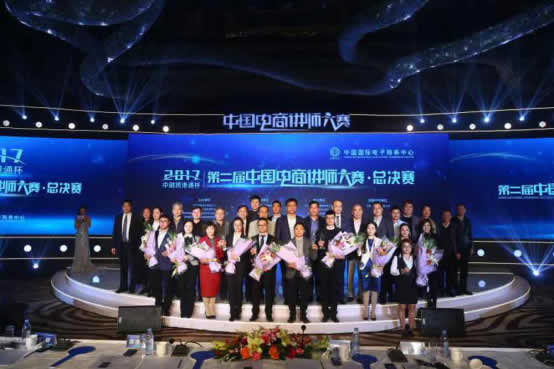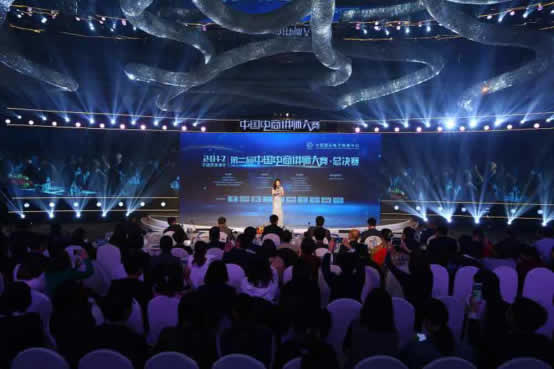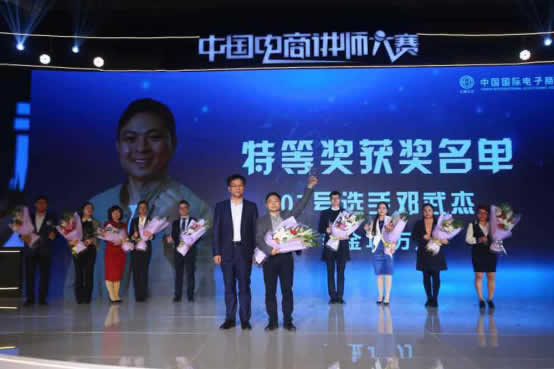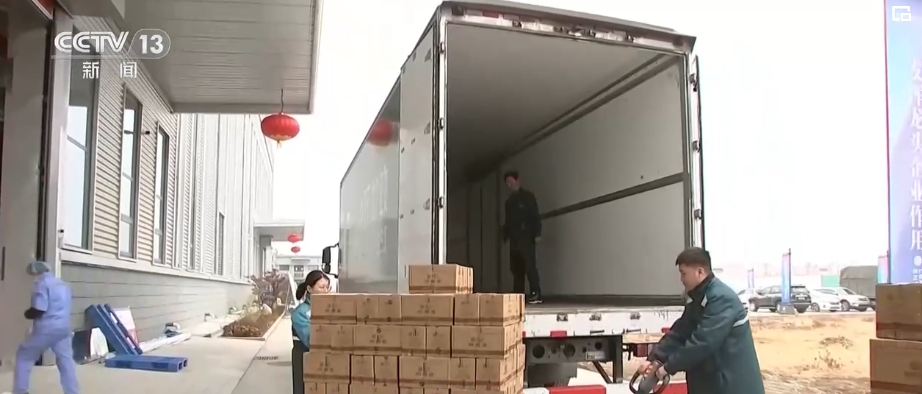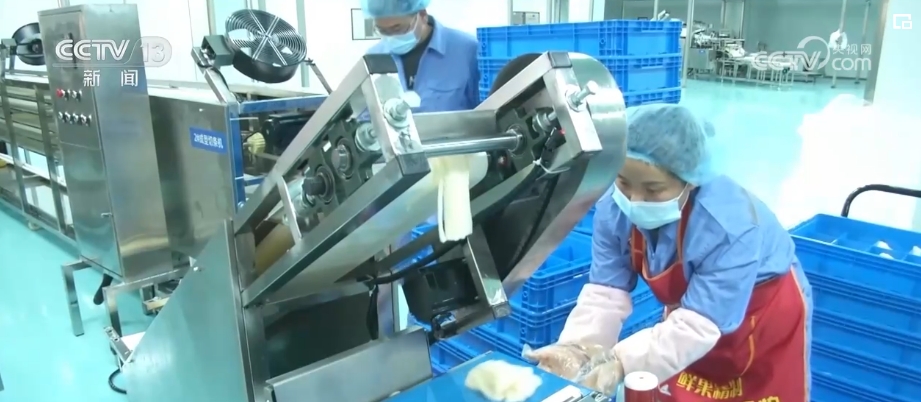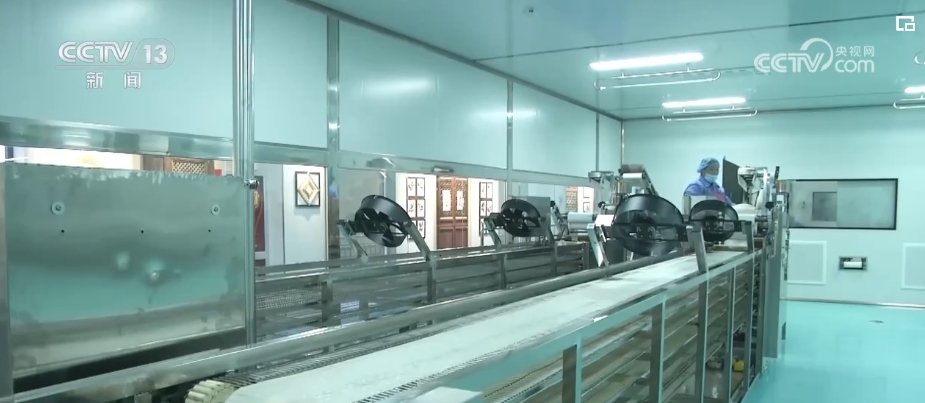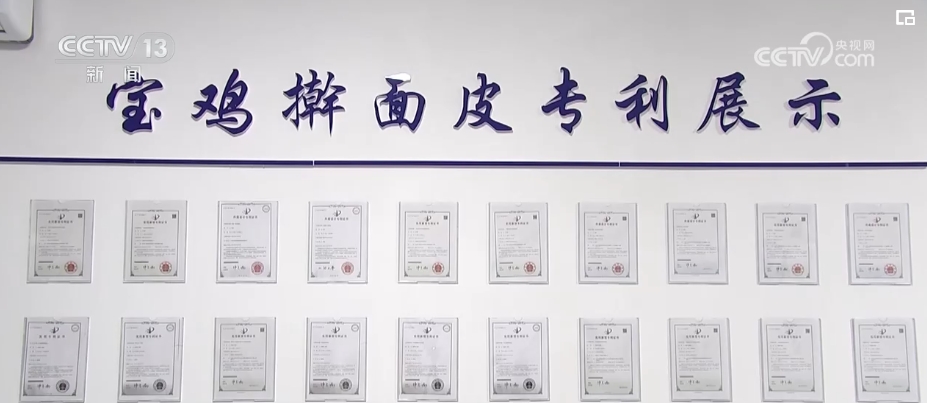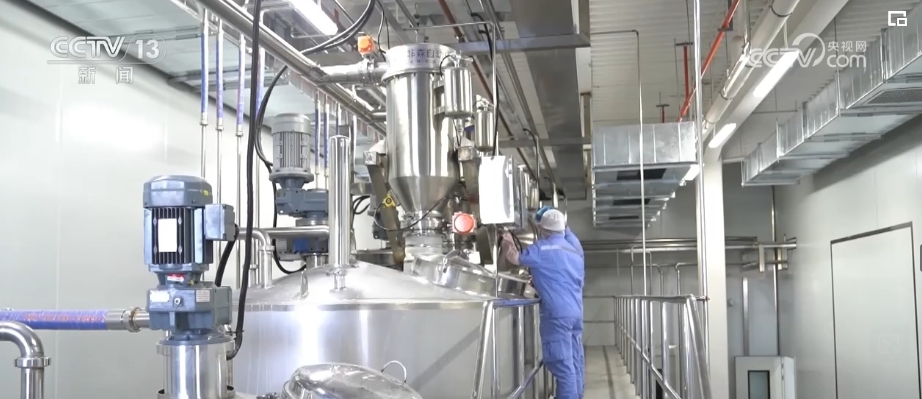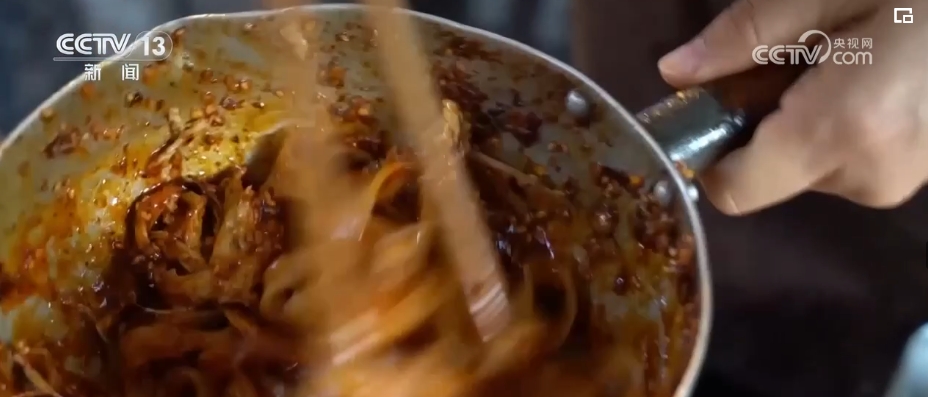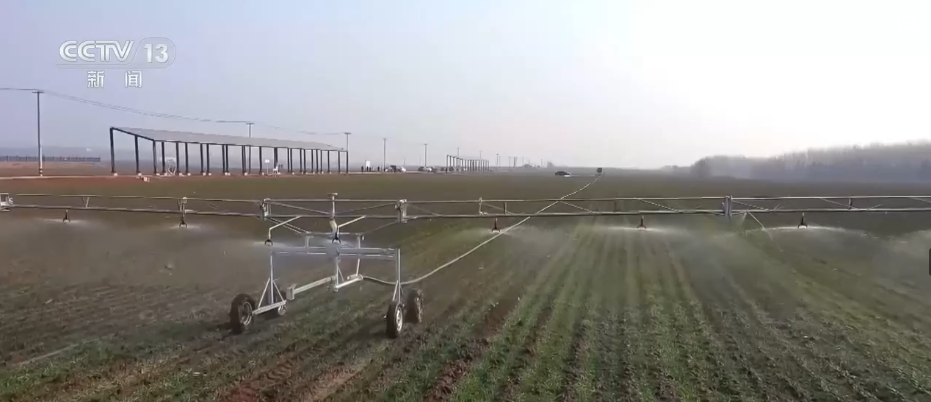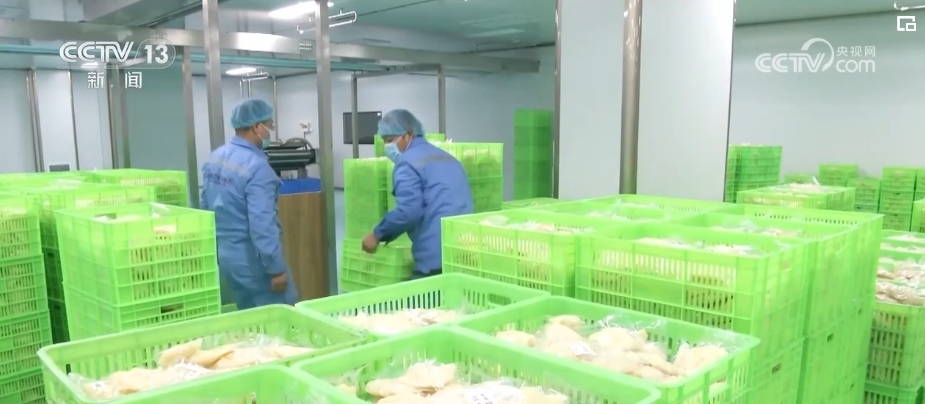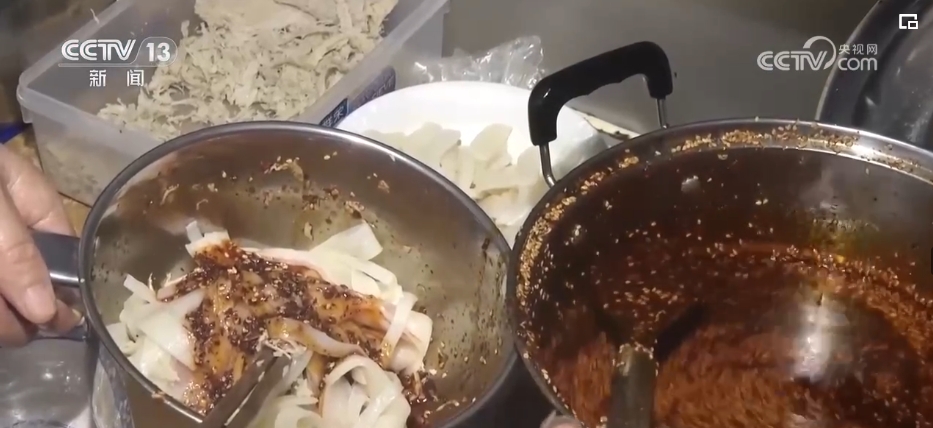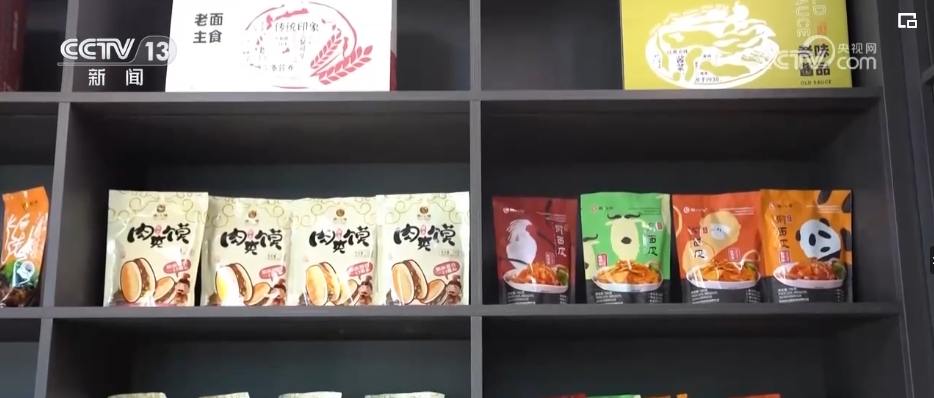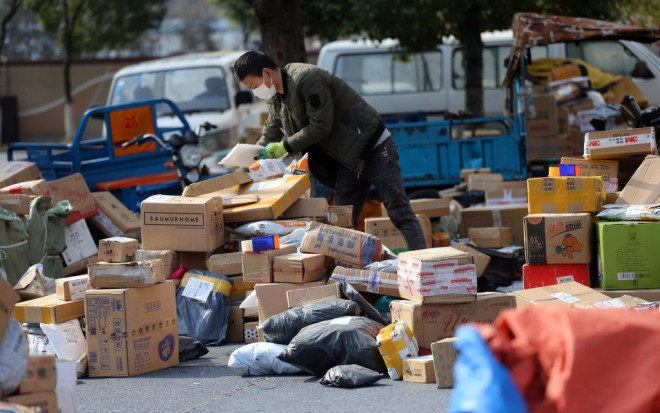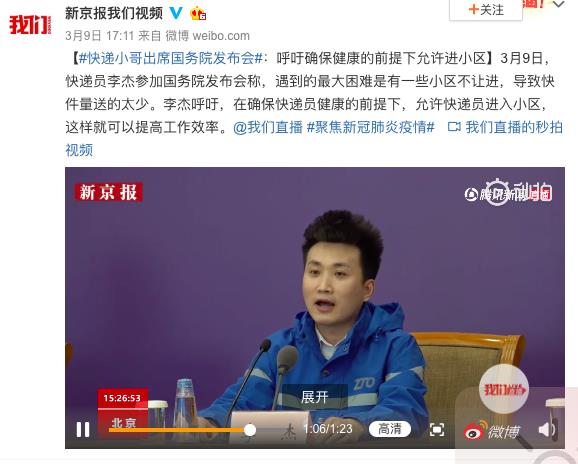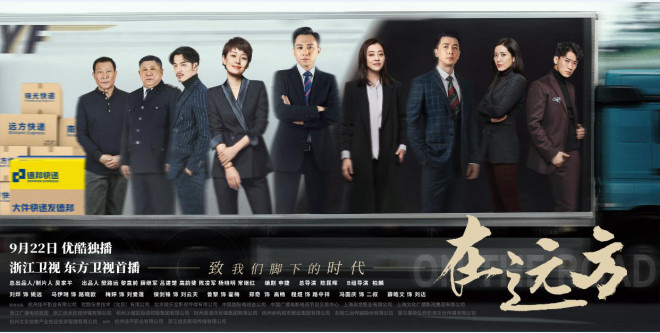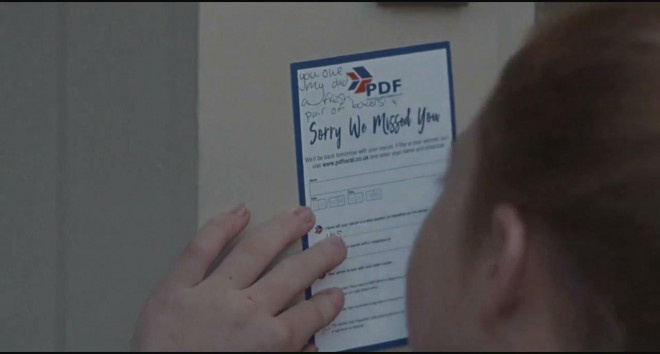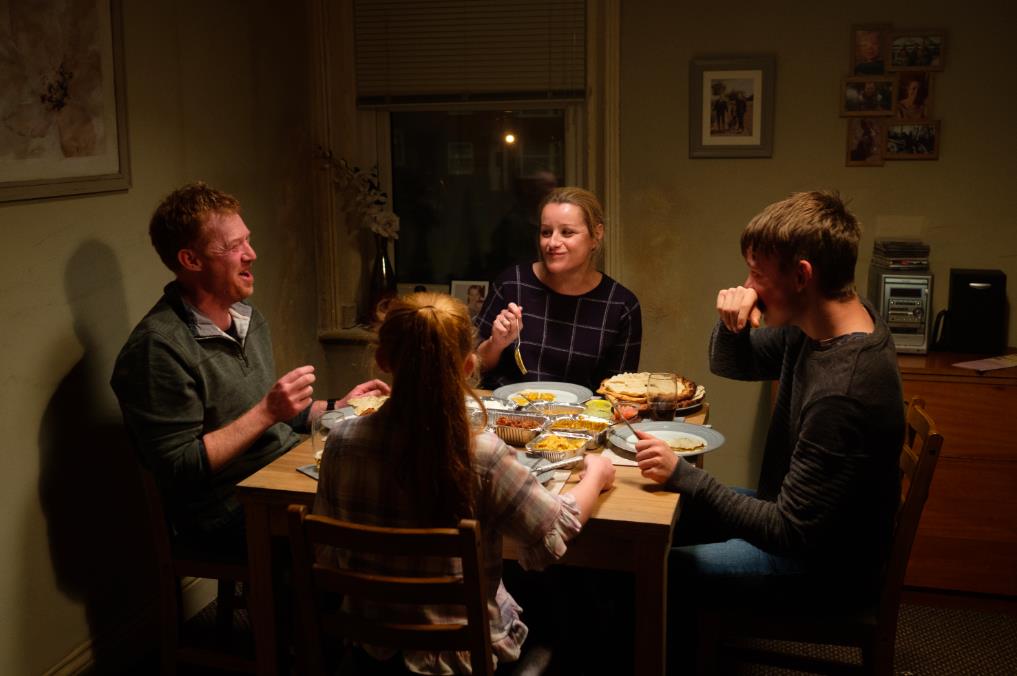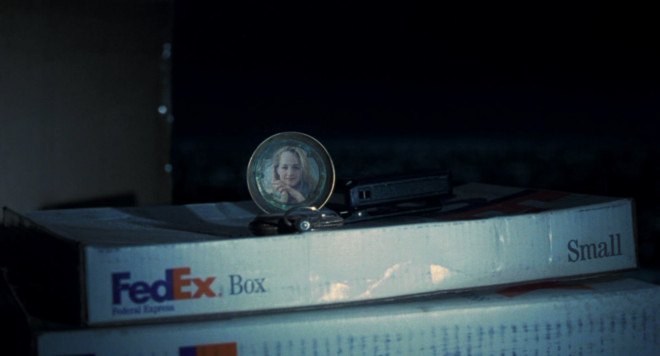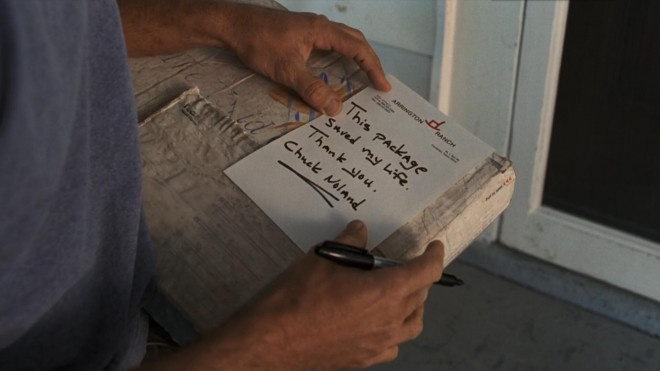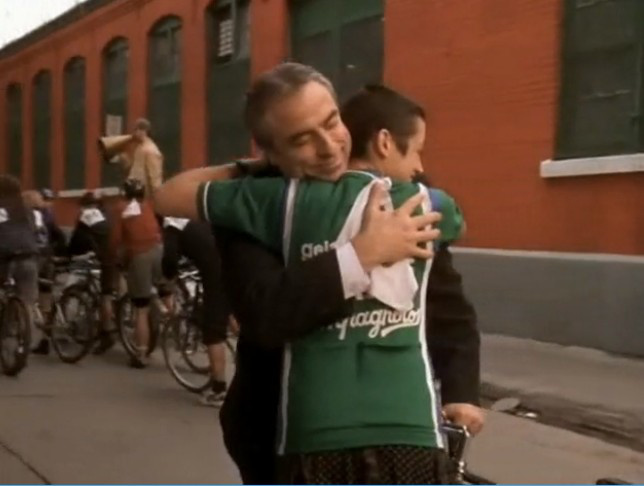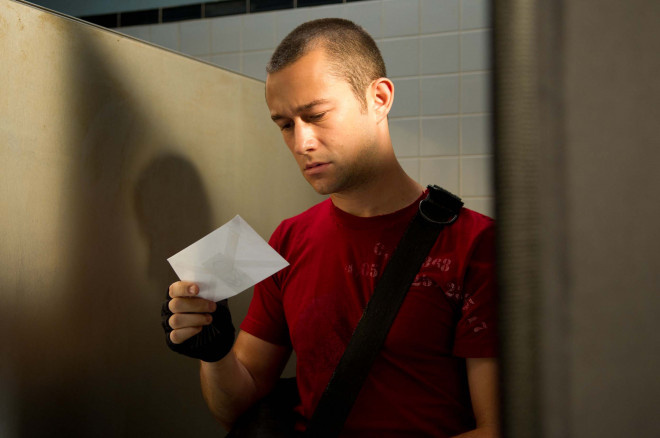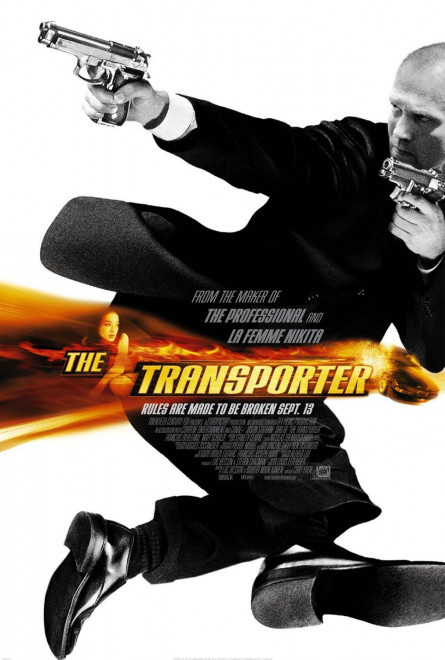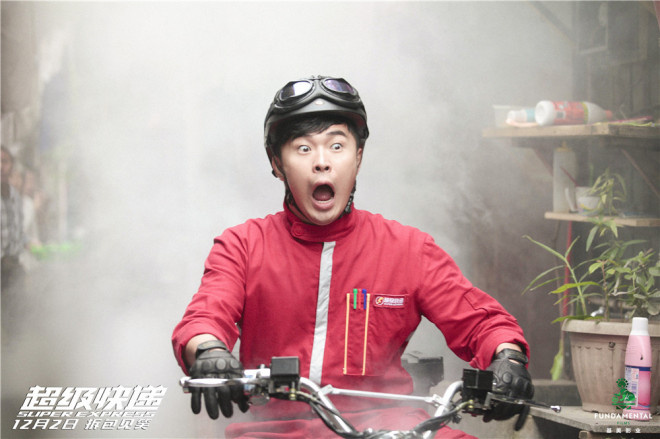The research and application of new materials is an important driving force to promote scientific and technological progress and industrial upgrading. In recent years, the emergence of new materials such as nano-materials, bio-based materials, intelligent materials and metamaterials has brought revolutionary changes to the fields of energy, environment, medical care, architecture and military affairs. The development of new materials is often accompanied by high performance, multifunction and environmental protection properties, such as graphene, carbon nanotubes, metal-organic frameworks (MOFs) and shape memory alloys, which show great potential in energy storage, catalysis, biomedical implants and stealth technology.
In the future, new materials will develop in a smarter, more environmentally friendly and more integrated direction. Smart materials will be able to perceive and respond to environmental changes, such as self-repairing materials, shape memory polymers and electrochromic glass, providing innovative solutions for smart buildings, wearable devices and aerospace. At the same time, bio-based and degradable materials will reduce dependence on fossil resources and promote circular economy and green manufacturing. In addition, the integrated application of new materials will promote cross-domain innovation, such as embedding nano-materials into traditional materials to enhance their performance, or combining various functional materials to develop new materials with composite characteristics.
Based on many years’ market monitoring and industry research, the Research Report on Current Situation Analysis and Development Prospect of New Materials Industry in China (2025 Edition) comprehensively analyzes the current situation, market demand and market scale of new materials industry, and interprets the industrial chain structure, price trend and market segmentation characteristics of new materials in detail. The report scientifically predicts the prospect and development direction of the industry, focusing on the brand competition pattern, market concentration and the operating performance of major enterprises, and reveals the opportunities and risks of the new materials industry through SWOT analysis. Providing professional and objective strategic suggestions for investors and decision makers is an important reference for grasping the trends and investment opportunities of new materials industry.
1.1.1 Analysis of the global economic development situation
1.1.2 China’s current situation of national economy.
1.1.3 China’s current situation of economic restructuring
1.1.4 Analysis of the future development trend of economy
1.2.1 Emerging industries and high-tech industries are growing steadily.
1.2.2 China’s high-tech industry faces opportunities.
1.2.3 Energy conservation and environmental protection boost the development of new materials industry.
1.2.4 National Strategic Emerging Industry Development Plan
1.3.1 Multinational Corporations Layout New Materials Industry in China
1.3.2 New materials industry has close cooperation with upstream and downstream.
1.3.3 Industrial alliance promotes the healthy development of new materials industry.
2.1.1 Spatial characteristics of global new materials industry distribution
2.1.2 Development characteristics of global new materials industry
2.1.3 Analysis of global research and development of new materials in 2025
……
2.1.6 Key factors of global new material industry development
2.2.1 the importance of developing new materials industry in China.
2.2.2 Main characteristics of China’s new material industry
2.2.3 the scale status of China’s new materials industry.
2.2.4 China’s new material industry needs to be accelerated.
2.2.5 policies to vigorously promote the development of new materials industry.
2.2.6 provinces and cities actively develop new materials industry.
2.3.1 Some key materials depend on imports.
2.3.2 Independent innovation ability is not strong.
2.3.3 Insufficient investment in research and development
2.3.4 Industry-University-Research’s use system still needs to be improved.
2.3.5 Platform construction needs to be strengthened.
2.3.6 Blind closure of local government development
2.3.7 Technology and equipment are subject to people.
2.4.1 Establish and improve the industry standard system.
2.4.2 Establish and improve the investment and financing system.
2.4.3 Create a mechanism and environment for independent development.
2.4.4 Strive for and create a good international environment.
2.4.5 Accelerate the adjustment of industrial structure of new materials.
2.4.6 Strengthen technical innovation and technical transformation.
2.4.7 Implement the strategy of cultivating professional talents.
2.4.8 Promote the upgrading of new materials industry.
3.1.1 Development Characteristics of Foreign Chemical New Materials Industry
3.1.2 Policies to Promote the Development of New Chemical Materials Industry
3.1.3 Development Situation of New Chemical Materials in China
3.1.4 New chemical materials in China face great opportunities.
3.1.5 The development of new chemical materials in China is relatively backward.
3.1.6 Relevant Planning of China Chemical New Materials Industry
3.2.1 China silicone Industrial Competitive Advantage
3.2.2 China silicone Industry Development Status
3.2.3 Problems in China silicone Industry
3.2.4 Opportunities Faced by China silicone Industry
3.2.5 China silicone Industry Development Trend
3.2.6 China silicone Industry Development Plan
3.3.1 Analysis on the Development of Synthetic Materials in China in 2025
3.3.2 Analysis on the Development of Synthetic Materials in China in 2025
……
3.4.1 Development Status of Polyurethane Industry in China
3.4.2 Polyurethane has great application potential in the construction field.
3.4.3 Development of Automotive Polyurethane Materials
3.4.4 Development Strategy of Polyurethane Industry in China
3.4.5 The development prospect of polyurethane industry is good.
4.1.1 Analysis of industrial operation
4.1.2 Industrial operation environment
4.1.3 Industry Development Potential Analysis
4.1.4 Industrial future development planning
4.2.1 General situation of industry development
4.2.2 Market Sales Scale
4.2.3 Product process analysis
4.2.4 Industrial development trend
4.2.5 Market Competition Analysis
4.2.6 Industry Policy Orientation
4.3.1 Technical Foundation Analysis
4.3.2 General situation of industry development
4.3.3 Current situation of industrial operation
4.3.4 Market segmentation analysis
4.3.5 Industry Development Forecast and Analysis
4.3.6 Technology development trend
4.4.1 Basic introduction of industry
4.4.2 Industry Advantages and Challenges
4.4.3 General situation of industry development
4.4.4 Analysis of Industry Competition
4.4.5 Analysis of key products
4.4.6 Enterprise development measures
4.4.7 Industry development direction
5.1.1 Basic characteristics of nanomaterials
5.1.2 Main Applications of Nano-materials
5.1.3 Introduction of Main Nanomaterials
5.2.1 General situation of nano-materials research in China
5.2.2 Analysis on the Market Scale of Nanomaterials in China
5.2.3 Factors Influencing the Development of Nano-materials Industry
5.2.4 New Trends of Nano-materials Research and Development in China
5.2.5 Development and application trends of aviation nanomaterials
5.2.6 Comprehensive Analysis on the Safety of Nanomaterials
5.2.7 Problems and Suggestions on the Industrialization of Nanomaterials in China
5.3.1 Concept and characteristics of nano-coatings
5.3.2 Types and Applications of Nano-coatings
5.3.3 Market Analysis of Nano-coatings for Automobile
5.3.4 Trends of Marine Nano-protective Coatings
5.3.5 Future Research and Development Emphasis of Nano-coatings
5.4.1 Characteristics of Nanocomposites
5.4.2 Application fields of nanocomposites
5.4.3 Research and Development Trends of Nano-composites Abroad
5.4.4 EU promotes the commercial application of nanocomposites.
5.4.5 Research and Development Progress of Nanocomposites in China
5.4.6 Development of Nano-composite Packaging Materials
5.5.1 Forecast and Analysis of Global Nanomaterials Market Demand
5.5.2 The prospect of nano-materials industry in China can be expected.
5.5.3 Application prospect of nano-materials in building materials market
5.5.4 Future Development Trend of Nanomaterials
6.1.1 Introduction to New Energy Materials
6.1.2 Overview of New Energy Market in China
6.1.3 The development of new energy materials faces favorable policies.
6.1.4 China new energy materials investment fever.
6.2.1 Analysis of Market Development of Lithium Battery Cathode Materials
6.2.2 Research and Development Progress of Lithium Battery Anode Materials in China
6.2.3 Analysis of market development of lithium battery separator materials
6.2.4 Domestic lithium battery materials enter the strategic transition period.
6.2.5 New technologies of lithium battery materials are coming to the fore.
6.3.1 Introduction of photovoltaic materials
6.3.2 Current situation of photovoltaic and photovoltaic materials industry in China
6.3.3 Analysis of Influencing Factors of Photovoltaic Material Market
6.3.4 Research Trends of Photovoltaic Power Generation Materials Technology in China
6.3.5 Market Prospect Forecast of Photovoltaic Materials in China
6.4.1 Development Situation of Steel Market for Nuclear Power in China
6.4.2 The localization process of nuclear power steel should be accelerated.
6.4.3 China nuclear grade sponge zirconium realizes independent production.
6.4.4 Foreign companies are optimistic about China nuclear power sponge zirconium market.
6.4.5 China silver alloy bar has a broad market prospect.
6.5.1 Analysis on the Development of Wind Turbine Blade Industry in China
6.5.2 Breakthrough in domestic research and development of wind power coatings.
6.5.3 China’s wind power policy accelerates the development of NdFeB.
6.5.4 Problems in China’s wind turbine blade industry
6.5.5 Development Trend of Wind Turbine Blade Industry
7.1.1 Technical Performance Analysis of China Composite Material Industry
7.1.2 Operation of Glass Fiber Composites Industry in 2025
7.1.3 Operation Status of Glass Fiber Composites Industry in 2025
7.1.4 Release of new standards for composite materials by the end of 2024
7.1.5 Research and Development Trends of Composite Materials Technology in China
7.1.6 Development Trend of Fiber Composite Industry
7.1.7 Development direction of China’s composite material industry
7.2.1 Market Development of Molded Composite Materials in China
7.2.2 Analysis on the Development of Molded Composites in Various Fields in China
7.2.3 Suggestions on the Development of Molded Composites in China
7.2.4 Development Trend of Molded Composite Materials in China
7.3.1 Development of thermoplastics in Asia attracts attention.
7.3.2 New Development of Thermoplastic Composite Materials in Transportation Field
7.3.4 Automobile industry contributes to the development of thermoplastic composites.
7.3.5 The trend of "replacing steel with plastic" is becoming.
7.4.1 Development of Wood-plastic Composite Industry in China
7.4.2 The future development prospect of wood-plastic composites is optimistic.
7.4.3 Carbon-ceramic composite material becomes a new brake material.
7.4.4 The market potential of automotive composite materials is huge.
7.4.5 Development of Wear-resistant Composites
8.1.1 General Operation Analysis of Rare Earth Industry in China
8.1.2 Development of Run-up Rare Earth Materials by National Policy
8.1.3 The industry of new rare earth materials is subsidized.
8.1.4 Research and Development Trends of Rare Earth Materials Technology in China
8.1.5 Application Prospect of Rare Earth Materials in China
8.1.6 Problems in Rare Earth Material Industry
8.2.1 Overview of global market structure of rare earth permanent magnet materials
8.2.2 Analysis on the Market Development of Rare Earth Permanent Magnet Materials in China
8.2.3 Application Market Situation of Rare Earth Permanent Magnet Materials
8.2.4 Export Status of Rare Earth Permanent Magnet Materials Industry
8.2.5 Development Prospect of Rare Earth Permanent Magnet Material Industry
8.3.1 Luminescent characteristics of rare earth luminescent materials
8.3.2 Application Status of Rare Earth Luminescent Materials in LED Industry
8.3.3 Application prospect of rare earth luminescent materials in LED industry
8.3.4 Problems of Rare Earth Luminescent Materials Industry in China
8.3.5 Development direction of rare earth luminescent materials in China
8.4.1 Rare Earth Giant Magnetostrictive Materials
8.4.2 Rare Earth Catalytic Materials
8.4.3 Rare Earth Hydrogen Storage Materials
8.4.4 Rare Earth Polishing Materials
9.1.1 Industry Operation Status
9.1.2 Opportunities for industrial development
9.1.3 Suggestions on Industry Development
9.1.4 Industry Development Trend
9.1.5 Industry Development Plan
9.2.1 Classification and characteristics
9.2.2 Main application fields
9.2.3 Global Market Size
9.2.4 Current situation of domestic industries
9.2.5 Technology research and development
9.2.6 Industry Development Prospects
9.3.1 Characteristics of industrial investment
9.3.2 Analysis of Industry Status
9.3.3 Analysis of Production Level
9.3.4 Analysis of Industry Characteristics
9.3.5 Current Market Demand Situation
9.3.6 Market Competitors
9.3.7 Analysis of Industrial Problems
9.3.8 Suggestions on industrial development
10.1.1 Regional distribution characteristics
Regional development strategy.
10.1.3 Regional layout trend
10.2.1 Beijing Municipality
10.2.2 Tianjin
10.2.3 Hebei
10.2.4 Shandong Province
10.3.1 Jiangsu Province
10.3.2 Shanghai
10.3.3 Zhejiang Province
10.3.4 Ningpo City
10.4.1 Guangdong
10.4.2 Shenzhen City
10.4.3 Zhuhai City
10.4.4 Foshan City
10.5.1 Hunan
10.5.2 Hubei
10.5.3 Shanxi
10.5.4 Jiangxi Province
10.5.5 Zhengzhou City
10.5.6 Hefei City
10.5.7 Xiangyang City
10.6.1 Yunnan Province
10.6.2 Sichuan
10.6.3 Guangxi Province
10.6.4 Shaanxi Province
10.6.5 Guizhou City
10.6.6 Chongqing
10.6.7 Kunming City
10.7.1 Heilongjiang Province
10.7.2 Jilin Province
10.7.3 Liaoning Province
10.7.4 Anshan City
11.1.1 Distribution Analysis
11.1.2 Development characteristics
11.1.3 Influencing factors
11.1.4 Development mode
Swot analysis.
11.1.6 Development suggestions
11.1.7 Base Layout Strategy
11.2.1 Baotou Rare Earth High-tech Zone
11.2.2 Longyan Rare Earth Industrial Park
11.2.3 Dingnan Rare Earth Permanent Magnet Materials and Application Industrial Base
11.2.4 Mianning Rare Earth High-tech Material Base
11.3.1 Xi ‘an Rare Metal and New Material Industrial Base
11.3.2 Kunming will build a new material industrial cluster of non-ferrous and rare precious metals.
11.3.3 Xiamen cemented carbide new technology development project
11.3.4 Zhuzhou Cemented Carbide Precision Tool Industrial Park
11.4.1 Shanghai Fine Steel Base
11.4.2 Jiangyin Special Steel Industrial Base
11.4.3 Anshan Jingte Steel Base
11.5.1 Jilin carbon fiber high-tech industrialization base
11.5.2 Weihai National Advanced Composite High-tech Industrialization Base
11.5.3 dadukou district Glass Fiber Base
11.6.1 Zibo Advanced Ceramic Industrial Park
11.6.2 Yixing Ceramic Industrial Park
11.6.3 Jiajiang High-end Ceramic Industrial Park
12.1.1 Overview of enterprise development
12.1.2 Analysis of operating benefit
12.1.3 Business Operation Analysis
12.1.4 Analysis of financial situation
12.1.5 Prospects for the future
12.2.1 Overview of enterprise development
12.2.2 Analysis of operating benefit
12.2.3 Business Operation Analysis
12.2.4 Analysis of financial situation
12.2.5 Prospects for the future
12.3.1 Overview of enterprise development
12.3.2 Analysis of operating benefit
12.3.3 Business Operation Analysis
12.3.4 Analysis of financial situation
12.3.5 Prospects for the future
12.4.1 Overview of enterprise development
12.4.2 Analysis of operating benefit
12.4.3 Business Operation Analysis
12.4.4 Analysis of financial situation
12.4.5 Prospects for the future
12.5.1 Overview of enterprise development
12.5.2 Analysis of operating benefit
12.5.3 Business Operation Analysis
12.5.4 Analysis of financial situation
12.5.5 Prospects for the future
12.6.1 Profitability Analysis
12.6.2 Analysis of Growth Ability
12.6.3 Analysis of operational capacity
12.6.4 solvency analysis
13.1.1 Policies encourage foreign investors to invest in new materials industries.
13.1.2 The Ministry of Industry and Information Technology promotes the development of new materials industry.
13.1.3 Policy Orientation of Investment in New Materials Field
13.2.1 Special alloy steel
13.2.2 Diamond superhard material
13.2.3 Graphene materials
13.2.4 Flexible materials
13.2.5 Optical film materials
13.2.6 Intelligent materials
13.3.1 Jiangsu Nantong started the new material construction project.
13.3.2 Jinan Billion Yuan to Build New Electronic Materials Industry
13.3.3 Foundation laying of carbon fiber composite material project in Xinxiang, Henan Province
13.3.4 Foundation laying of Shandong Yanzhou Thermoplastic Composite Project
13.3.5 Caofeidian invests in the construction of shale gas new material industrial park.
13.3.6 The first green energy-saving thermal insulation material production line in Luoyang was put into use.
13.4.1 Market Competition Risk
13.4.2 New product development risks
13.4.3 Risk of personnel flow
13.4.4 Risk of Project Decision-making Errors
13.4.5 Risks of enterprise capital chain guarantee
13.4.6 Risk of raw material price fluctuation
13.4.7 Industrial investment and financing system is not perfect.
13.4.8 Investment Strategy of New Materials Industry
14.1.1 The development prospect of new materials industry in China is optimistic.
14.1.2 Development Trend of New Materials Industry in China
14.1.3 Development Goals of New Materials Industry in China
14.1.4 Development Focus of New Materials Industry in China
14.1.5 Forecast and analysis of the market size of new materials industry in China from 2025 to 2031.
14.2.1 Overall thinking and engineering objectives
14.2.2 Main tasks
14.2.3 Organize the implementation
14.2.4 safeguard measures
14.3.1 Overall thinking and objectives
14.3.2 Development priorities
14.3.3 Major projects
14.3.4 Developing safeguard measures
Chart catalogue
Chart 1 GDP growth rate of G7 from 2019 to 2024
Chart 2 Year-on-year GDP growth rate of BRICS countries and some Asian economies from 2019 to 2024
Chart 3 PMI of manufacturing and service industries in global and major economies in 2025
Chart 4 PMI New Orders and Export New Orders Index of Global and Major Economies in 2025
Chart 5 Year-on-year growth rate of American industrial production from 2019 to 2024
Chart 6 Growth rate of global economy and trade from 2019 to 2024
Chart 7 GDP growth rate from 2019 to 2024 (cumulative year-on-year)
……
Chart 9 National Grain Output in 2019-2024
Chart 10 Growth rate of added value of industrial enterprises above designated size from 2019 to 2024 (month-on-month)
Chart 11 Nominal growth rate of fixed assets investment (excluding farmers) from 2019 to 2024 (cumulative year-on-year)
Chart 12 Nominal growth rate of total retail sales of social consumer goods from 2019 to 2024 (month-on-month)
Chart 13 Consumer price increase in 2019-2024 (month-on-month)
Chart 14 Price fluctuation of industrial producers in 2019-2024 (month-on-month)
Chart 15 Development Route of Energy-efficient Industry from 2025 to 2031
Chart 16 Development Route of Advanced Environmental Protection Industry from 2025 to 2031
Chart 17 Development Route of Resource Recycling Industry from 2025 to 2031
Chart 18 Development Route of Next Generation Information Network Industry from 2025 to 2031
Chart 19 Development Route of Electronic Core Basic Industry in 2025-2031
Chart 20 Development Route of High-end Software and Emerging Information Service Industry from 2025 to 2031
Chart 21 Development Route of Biomedical Industry from 2025 to 2031
Chart 22 Development Route of Biomedical Engineering Industry from 2025 to 2031
Chart 23 Development Route of Bio-agriculture Industry from 2025 to 2031
Chart 24 Development Route of Bio-manufacturing Industry from 2025 to 2031
Chart 25 Development Route of Aviation Equipment Industry in 2025-2031
Chart 26 Development Route of Satellite and Application Industry from 2025 to 2031
Chart 27 Development Route of Rail Transit Equipment Industry from 2025 to 2031
Chart 28 Development Route of Offshore Engineering Equipment Industry from 2025 to 2031
Chart 29 Development Route of Intelligent Manufacturing Equipment Industry from 2025 to 2031
Chart 30 Development Route of Wind Energy Industry from 2025 to 2031
Chart 31 Development Route of Solar Energy Industry from 2025 to 2031
Chart 32 Development Route of Biomass Energy Industry from 2025 to 2031
Chart 33 Development Route of New Materials Industry in 2025-2031
Chart 34 Development Route of New Energy Automobile Industry from 2025 to 2031
Chart 35 Some Multinational Giants in New Materials Industry
Chart 36 Spatial Layout of Global New Materials Industry
Chart 37 Spatial Distribution Pattern of American New Materials Industry
Chart 38 Spatial Distribution Pattern of New Materials Industry in Western Europe
Chart 39 Spatial Distribution Pattern of Russian New Materials Industry
Chart 40 Spatial Distribution Pattern of New Materials Industry in Japan and South Korea
Chart 41 Key Directions and Related Plans of New Materials Industry in the World
Chart 42 Development Plan of Textile Industry in the 14th Five-Year Plan
Chart 43 Investment Guide for Industrial Transformation and Upgrading
Chart 44 Development Plan of Chemical Fiber Industry in the 14th Five-Year Plan
Chart 45 Development Plan of Petroleum and Chemical Industry in the Tenth Five-Year Plan
Chart 46 Development Plan of New Materials Industry in the 14th Five-Year Plan
Chart 47 Ethylene production and growth rate in 2025
Chart 48 Output and growth rate of synthetic resin in 2025
Chart 49 Output and growth rate of synthetic rubber in 2025
Chart 50 Analysis on the Development of Synthetic Materials Manufacturing Industry in China in 2025
Chart 51 Action Plan for Innovation and Development of New Display Industry in 2024-2025
Chart 52 Capacity Pattern of Glass Substrate in 2025
Chart 53 Specific application fields and products of magnetic materials
Chart 54 Production Scale of Rare Earth Permanent Magnet Materials in China from 2019 to 2024
Chart 55 Import and Export Status of Rare Earth Permanent Magnet Materials Industry in China from 2019 to 2024
Chart 56 Market Scale of Nano-materials in China from 2019 to 2024
Fig. 57 schematic reaction diagram of cobalt (Ⅱ) removal in water environment by new graphene nanocomposites.
Chart 58 Global diaphragm production and growth rate from 2019 to 2024
Chart 59 Global diaphragm output value and growth rate from 2019 to 2024
Chart 60 China diaphragm market capacity and growth rate from 2019 to 2024.
Chart 61 Diaphragm Production and Growth in China from 2019 to 2024
……
Chart 63 Output of Rare Earth Permanent Magnet Materials in China from 2019 to 2024
Chart 64 Proportion of sintered NdFeB production in China in 2025
Chart 65 Main Development Goals of New Building Materials Industry in 2025
Chart 66 New building materials "14 th Five-Year Plan" product development focus
Chart 67 New Building Materials "14th Five-Year Plan" Technology Research and Development Focus
Chart 68 Examples of Production Analysis of Medical Devices in China
Chart 69 Demand for biomedical materials commonly used in China
Chart 70 China new material industry scale layout
Chart 71 Distribution of New Materials Industry in Bohai Rim Region
Chart 72 Distribution of New Materials Industry in Yangtze River Delta Region
Chart 73 Distribution of New Materials Industry in Pearl River Delta Region
Chart 74 Distribution of New Materials Industry in Central China
Chart 75 Distribution of New Materials Industry in Western China
Chart 76 Distribution of New Materials Industry in Northeast China
Chart 77 Schematic diagram of new material industry layout in Beijing
Chart 78 Schematic diagram of development route of Foshan high-performance metal structural materials
Chart 79 Sketch of Foshan Advanced Polymer Materials Development Route
Chart 80 Schematic diagram of the development route of new electronic information materials in Foshan
Chart 81 Sketch of Foshan Chemical New Materials Development Route
Chart 82 Sketch of Foshan high-tech chemical fiber and its composite materials development route
Chart 83 Sketch of Foshan High Performance Ceramic Materials Development Route
Chart 84 Sketch of Foshan New Energy Materials Development Route
Chart 85 Sketch of Foshan Biomedical Materials Development Route
Chart 86 Foshan New Material Industry Layout
Chart 87 Table of Key Tackling Projects of Coal Machinery Equipment in Shanxi Province
Chart 88 Table of Key Key Projects for the Utilization of Superior Resources in Shanxi Province
Chart 89 List of Key Key Projects for Upgrading Traditional Materials in Shanxi Province
Chart 90 Table of Key Key Projects for Industrialization of High-end Materials in Shanxi Province
Chart 91 List of Key Key Projects of Low Carbon and Energy Saving in Shanxi Province
Chart 92 Summary Table of Support and Reserve Projects in Shanxi Province
Chart 93 Cumulative growth trend of added value of new materials industry in Zhengzhou from 2019 to 2024
Chart 94 Trend of main income, main cost and profit rate of Zhengzhou new materials industry from 2019 to 2024.
Chart 95 Chongqing to build a superior material industry cluster
Chart 96 Chongqing develops characteristic material industry cluster
Chart 97 Chongqing promotes traditional material industry cluster
Chart 98 China Key New Material Industry Base
Chart 99 Total assets and net assets of Zhejiang Xin ‘an Chemical Group Co., Ltd. from 2019 to 2024
Chart 100 Operating income and net profit of Zhejiang Xin ‘an Chemical Group Co., Ltd. from 2019 to 2024
Chart 101 Operating income and net profit of Zhejiang Xin ‘an Chemical Group Co., Ltd. in 2025
Chart 102 Cash flow of Zhejiang Xin ‘an Chemical Group Co., Ltd. from 2019 to 2024
Chart 103 Cash flow of Zhejiang Xin ‘an Chemical Group Co., Ltd. in 2025
Chart 104 Main business income products of Zhejiang Xin ‘an Chemical Group Co., Ltd. in 2025
Chart 105 Main business income of Zhejiang Xin ‘an Chemical Group Co., Ltd. by region in 2025
Chart 106 Growth Capacity of Zhejiang Xin ‘an Chemical Group Co., Ltd. from 2019 to 2024
Chart 107 Zhejiang Xin ‘an Chemical Industry Group Co., Ltd. Growth Ability in 2025
Chart 108 Short-term solvency of Zhejiang Xin ‘an Chemical Group Co., Ltd. from 2019 to 2024
Chart 109 Short-term solvency of Zhejiang Xin ‘an Chemical Group Co., Ltd. in 2025
Chart 110 Long-term solvency of Zhejiang Xin ‘an Chemical Group Co., Ltd. from 2019 to 2024
Chart 111 Long-term solvency of Zhejiang Xin ‘an Chemical Group Co., Ltd. in 2025
Chart 112 Operating capacity of Zhejiang Xin ‘an Chemical Group Co., Ltd. from 2019 to 2024
Chart 113 Operating capacity of Zhejiang Xin ‘an Chemical Group Co., Ltd. in 2025
Chart 114 Profitability of Zhejiang Xin ‘an Chemical Group Co., Ltd. from 2019 to 2024
Chart 115 profitability of Zhejiang Xin ‘an Chemical Group Co., Ltd. in 2025
Chart 116 Total assets and net assets of Antai Technology Co., Ltd. from 2019 to 2024
Chart 117 Operating income and net profit of Antai Technology Co., Ltd. from 2019 to 2024
Chart 118 Operating income and net profit of Antai Technology Co., Ltd. in 2025
Chart 119 Cash flow of Antai Technology Co., Ltd. from 2019 to 2024
Chart 120 Cash flow of Antai Technology Co., Ltd. in 2025
Chart 121 The main business income of Antai Technology Co., Ltd. in 2025 is divided into industries, products and regions.
Chart 122 Growth Ability of Antai Technology Co., Ltd. from 2019 to 2024
Chart 123 Growth Ability of Antai Technology Co., Ltd. in 2025
Chart 124 Short-term solvency of Antai Technology Co., Ltd. in 2019-2024
Chart 125 Short-term solvency of Antai Technology Co., Ltd. in 2025
Chart 126 Long-term solvency of Antai Technology Co., Ltd. from 2019 to 2024
Chart 127 Long-term solvency of Antai Technology Co., Ltd. in 2025
Chart 128 Operating capacity of Antai Technology Co., Ltd. from 2019 to 2024
Chart 129 Operating capacity of Antai Technology Co., Ltd. in 2025
Chart 130 profitability of Antai Technology Co., Ltd. from 2019 to 2024
Chart 131 profitability of Antai Technology Co., Ltd. in 2025
Chart 132 Total assets and net assets of China North Rare Earth (Group) High-tech Co., Ltd. from 2019 to 2024
Chart 133 Operating income and net profit of China North Rare Earth (Group) High-tech Co., Ltd. from 2019 to 2024
Chart 134 Operating income and net profit of China North Rare Earth (Group) High-tech Co., Ltd. in 2025
Chart 135 Cash flow of China North Rare Earth (Group) High-tech Co., Ltd. from 2019 to 2024
Chart 136 China North Rare Earth (Group) High-tech Co., Ltd. Cash Flow in 2025
Chart 137 China North Rare Earth (Group) High-tech Co., Ltd. Main Business Income by Industry in 2025
Chart 138 China North Rare Earth (Group) High-tech Co., Ltd. Main Business Income by Product in 2025
Chart 139 China North Rare Earth (Group) High-tech Co., Ltd. Main Business Income by Region in 2025
Chart 140 Growth Ability of China North Rare Earth (Group) High-tech Co., Ltd. from 2019 to 2024
Chart 141 Growth Capacity of China North Rare Earth (Group) High-tech Co., Ltd. in 2025
Chart 142 Short-term solvency of China North Rare Earth (Group) High-tech Co., Ltd. from 2019 to 2024
Chart 143 Short-term solvency of China North Rare Earth (Group) High-tech Co., Ltd. in 2025
Chart 144 Long-term solvency of China North Rare Earth (Group) High-tech Co., Ltd. from 2019 to 2024
Chart 145 Long-term solvency of China North Rare Earth (Group) High-tech Co., Ltd. in 2025
Chart 146 Operating capacity of China North Rare Earth (Group) High-tech Co., Ltd. from 2019 to 2024
Chart 147 Operating capacity of China North Rare Earth (Group) High-tech Co., Ltd. in 2025
Chart 148 Profitability of China North Rare Earth (Group) High-tech Co., Ltd. from 2019 to 2024
Chart 149 Profitability of China North Rare Earth (Group) High-tech Co., Ltd. in 2025
Chart 150 Total assets and net assets of Beijing Zhongke Sanhuan High-tech Co., Ltd. from 2019 to 2024
Chart 151 Operating income and net profit of Beijing Zhongke Sanhuan High-tech Co., Ltd. from 2019 to 2024
Chart 152 Operating income and net profit of Beijing Zhongke Sanhuan High-tech Co., Ltd. in 2025
Chart 153 Cash flow of Beijing Zhongke Sanhuan High-tech Co., Ltd. from 2019 to 2024
Chart 154 Cash flow of Beijing Zhongke Sanhuan High-tech Co., Ltd. in 2025
Chart 155 The main business income of Beijing Zhongke Sanhuan High-tech Co., Ltd. in 2025 is divided into industries, products and regions.
Chart 156 Growth Ability of Beijing Zhongke Sanhuan High-tech Co., Ltd. from 2019 to 2024
Chart 157 Growth Ability of Beijing Zhongke Sanhuan High-tech Co., Ltd. in 2025
Chart 158 Short-term solvency of Beijing Zhongke Sanhuan High-tech Co., Ltd. from 2019 to 2024
Chart 159 Short-term solvency of Beijing Zhongke Sanhuan High-tech Co., Ltd. in 2025
Chart 160 Long-term solvency of Beijing Zhongke Sanhuan High-tech Co., Ltd. from 2019 to 2024
Chart 161 Long-term solvency of Beijing Zhongke Sanhuan High-tech Co., Ltd. in 2025
Chart 162 Operating capacity of Beijing Zhongke Sanhuan High-tech Co., Ltd. from 2019 to 2024
Chart 163 Operating capacity of Beijing Zhongke Sanhuan High-tech Co., Ltd. in 2025
Chart 164 Profitability of Beijing Zhongke Sanhuan High-tech Co., Ltd. from 2019 to 2024
Chart 165 Profitability of Beijing Zhongke Sanhuan High-tech Co., Ltd. in 2025
Chart 166 Total assets and net assets of Taiyuan Shuangta corundum Co., Ltd. from 2019 to 2024
Chart 167 Operating income and net profit of Taiyuan Shuangta corundum Co., Ltd. from 2019 to 2024
Chart 168 Operating income and net profit of Taiyuan Shuangta corundum Co., Ltd. in 2025
Chart 169 Cash flow of Taiyuan Shuangta corundum Co., Ltd. from 2019 to 2024
Chart 170 Taiyuan Shuangta corundum Co., Ltd. Cash flow in 2025
Chart 171 The main business income of Taiyuan Shuangta corundum Co., Ltd. in 2025 is divided into products and regions.
Chart 172 The growth capacity of Taiyuan Shuangta corundum Co., Ltd. from 2019 to 2024
Chart 173 The growth capacity of Taiyuan Shuangta corundum Co., Ltd. in 2025
Chart 174 Short-term solvency of Taiyuan Shuangta corundum Co., Ltd. from 2019 to 2024
Chart 175 Short-term solvency of Taiyuan Shuangta corundum Co., Ltd. in 2025
Chart 176 Long-term solvency of Taiyuan Shuangta corundum Co., Ltd. from 2019 to 2024
Chart 177 Long-term solvency of Taiyuan Shuangta corundum Co., Ltd. in 2025
Chart 178 Operating capacity of Taiyuan Shuangta corundum Co., Ltd. from 2019 to 2024
Chart 179 Taiyuan Shuangta corundum Co., Ltd. Operating Capacity in 2025
Chart 180 profitability of Taiyuan Shuangta corundum Co., Ltd. from 2019 to 2024
Chart 181 Taiyuan Shuangta corundum Co., Ltd. Profitability in 2025
Chart 182 Profitability Index Analysis of Listed Companies in New Materials Industry in 2025
……
Chart 185 Analysis of growth ability index of listed companies in new material industry in 2025
……
Chart 188 Analysis of Operating Capability Index of Listed Companies in New Materials Industry in 2025
……
Chart 190 Analysis of Operating Capability Index of Listed Companies in New Materials Industry in 2025
Chart 191 Analysis of solvency index of listed companies in new materials industry in 2025
……
https://www.cir.cn/R_JianZhuFangChan/01/XinCaiLiaoShiChangXianZhuangYuQianJing.html
Industrial research network
Omit …
